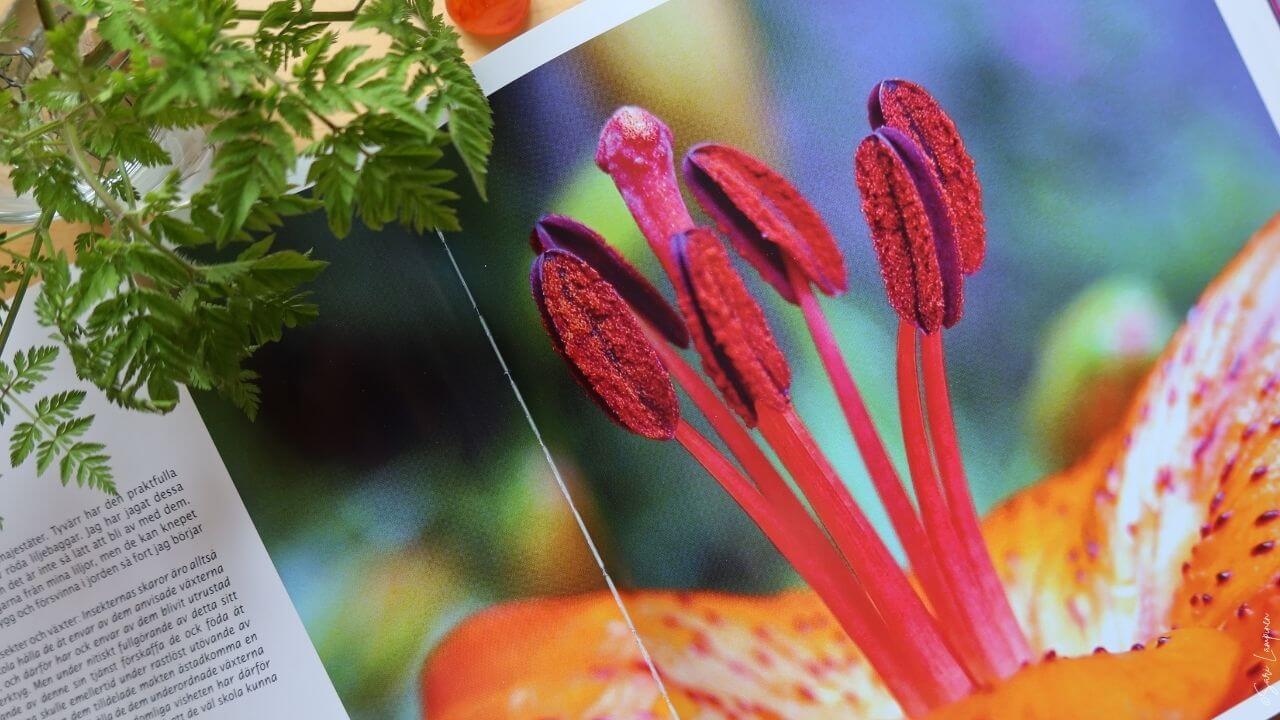How to Create Exciting Flower Color Combinations

Have you ever wondered if you can combine orange and pink flowers at the same flowerbed? Or any other color combinations that might feel risky to you? I would say that YES, you can! Only look how nature combines the colors in a single flower!
It's interesting when I visit my clients' gardens; I hear a lot about different preferences. If we think, for example, about color, there are the pinks and whites, yellows and blues. It's more seldom that people wish to have orange flowers in their gardens. This week I had two of those kinds. (Don't get me wrong. Even though I love pink, orange is my power flower color.)
Risky Color Combinations, Are They?
Because orange is not the easiest or the most popular flower color that comes first into your mind, there is also a lot of hesitation about using it and combining it with other flower colors. Maybe there are not so many examples to be seen in the magazines either.
I have combined pinks and oranges in the planting schemes I have created. Orange can add a nice pop of color into otherwise subtle color harmonies. Especially when combines with light pink flowers.
There are also many kinds of orange hues. As a color, orange has the full range from the softest light peach or salmon to fiery fire flame colors. They all have their potential and their unique flavor.

Like I got a bouquet of peach-colored carnations (Dianthus) from my mother. They were to softest of peach - lovely and light. However, when I looked at them closely, I found a surprise - there was a vertical stripe of pink going from the bottom of the petal to the very tip. What a charming combination! That would exactly be something to use in your garden. Think, for example, soft peach-colored roses combined with light pink daylily (Hemerocallis) or clematis (Clematis) flowers. That would be such a sweet and romantic combination!
Look Inside a Flower
If you love orange or any other color in that matter, take some cues from nature. Look closely inside the flower, and you'll find an array of fascinating colors combined. They might feel risky - yes -, but also ah so exciting. Isn't that something you'll want to try? You'll feel alive and experience something exciting.
So choose one of your favorite flowers and look deep inside the blossom. Do you see the different shades and tints of the blossom's base, the petals, stamens, and pistils? Is there any colorful pollen, rings, or stripes?
That brings to my mind a book that I bought from a garden fair years ago - 'The Bridal Chambers of Linnaeus' by Pauline Snoeijs. The book is a homage to Swedish Scientist Carl Linnaeus, who created the binomial nomenclature, which gives each plant and animal species a genus name and species name in Latin. The book is filled with fascinating close-range photographs of the inside of flower blossoms.

>> The way you start looking at flowers more closely is a sure way to create creative and inspiring color combinations in your garden.<<
Use The Flower Color Ratio
You can even take the ratio of colors and how they are used in that flower as a tool.
Could you name one of the colors as the main color? Choose one to act as a neutral and then have an accent to use in small quantities.
If there is, for example, 80 % peach and only 20 % pink in that single blossom, use the same ratio in your flowerbed. If there is also a third or fourth color, divide the ratio likewise. You can break down the flower mathematically into different amounts of color and use them accordingly in your garden.
If we look closely at the earlier image of the lily, we could decide to use orange as our main color and red as a neutral. Or vice versa. The violet that you'll find at the tip of the stamens would be an excellent accent color for the combination of deep red and orange. What a passionate and exciting flowerbed it would create!
- So list the colors and choose which ones to use as mains, neutrals, and accents.
- And what is their approximate ratio?
>> Now you have a perfect color combination for your garden and its' new flowerbed.
Let your personality and preferences guide you in creating a garden with a feel-good factor unique to YOU. Enjoy the colors and let them lift you and boost your happiness.
The photo below and the one as the post's main image are from The Brandalley garden designed by Paul Hervey-Brookes. He had used orange avens (Geum) with light pink bigroot geraniums (Geranium macrorrhizum) that seem to be a cultivar called 'Spessart'. I took these photos of his exciting flower color combo while visiting the Chelsea Flower Show in London, UK, in 2013.

If you want to learn more about how you can use your personality to guide your garden creation, take my Garden Style Style Quiz >> HERE << and learn to combine forms, materials, elements, and flower types that support your newfound color combinations.

P.S. To let your creative juices flow and unlock your garden’s full potential, I've created a groundbreaking checklist to help you not settle for the most common options but make your garden distinctly personal and genuinely exceptional.
7 Mistakes to Avoid When Planning Your Garden’s Color Palette! 🌈✨
Download my free checklist HERE to take the first step toward crafting your unique garden color palette. Inside, you'll discover common mistakes, practical tips on how to avoid them, and inspiration to kickstart your garden color journey to transform your outdoor space into your daily source of joy.
Want to Discover Your Garden Style?
Take my popular Garden Style Quiz to find out which outdoor aesthetic suits you best—and get tailored ideas for building a garden you love.


